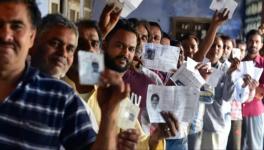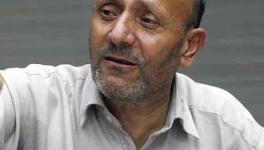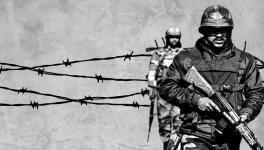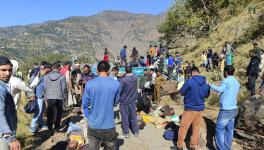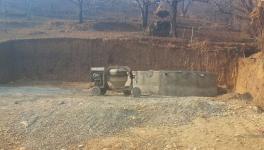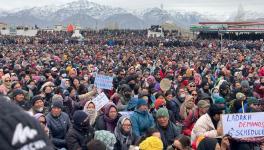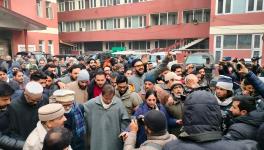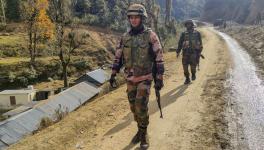Kashmir Insurgency: The Rise and Decline of Militant South
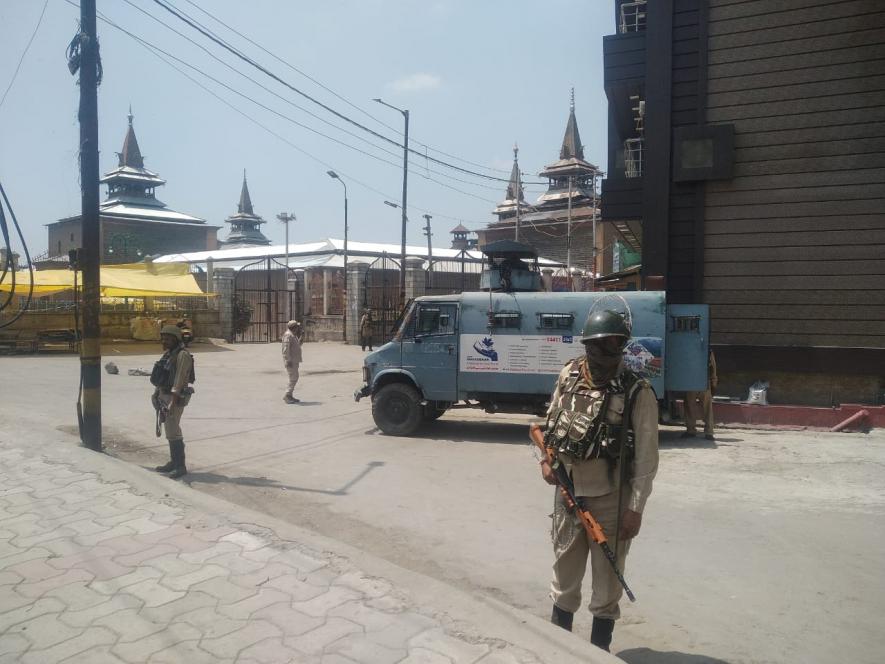
Srinagar: Exactly four years ago when he was killed in an operation at Bemdoora village in South Kashmir’s Kokernag area, the Hizbul Mujahideen’s top commander Burhan Wani had become a harbinger of new phase of militancy in the restive region.
The people’s outburst over the death of a militant commander on the night of July 8, 2016, was hysterical, signalling prospects of renewed violence especially in South Kashmir. The militant ranks flourished since 2015 when Wani and his militant contemporaries used social media for campaigning. His killing, however, not only swelled militant ranks but also the overground structure.
Since then, the militant outfits in the region have managed to operate at a discerning threshold while carrying out sophisticated attacks on military installations with Hizbul Mujahideen regaining ground it had lost in the beginning of the last decade.
This revival of the outfit Hizbul Mujahideen after suffering heavy losses due to massive campaign of armed forces between 2000-2003, brought the group back to the forefront of armed insurgency after years of recession.
For months after Wani’s killing, which resulted in a massive agitation across the Valley, scores of South Kashmir villages, especially in Kulgam and Shopian, had become militant strongholds as more locals joined their ranks. Many referred to these villages as “liberated zones” until armed forces carried out area domination exercises to push back the growing influence of militancy. Wani, as a social media sensation, had provided the militant outfits an impetus in the region ready to be utilised, which his contemporaries did.
Others in Hizb also began to use social media to further their campaign including Zakir Bhat aka Musa, who was deemed as Wani’s successor, and Riyaz Naikoo, who went on to become one of the most sought-after Hizb strongman in Kashmir in the last two decades.
“In the last decade, Burhan Wani was one of the few high points of insurgency in the region, especially in South Kashmir. His use of social media around 2015 was the time when militants began gaining ground. His social media presence acted as a trigger,” a security official posted there told NewsClick.
Five years later, Hizb ranks are dwindling and the numbers of local militants active in South Kashmir are on the verge of plummeting back to the pre-2015 time, when many of the areas were declared “militancy-free.”
According to a senior army official, the number of local militants currently active in South Kashmir is less than 80. Since April this year, security agencies have intensified the operations in which nearly 100 militants have been killed, most of them locals in South Kashmir. In the month of June alone, as many as 48 militants were killed, a majority of them in Shopian district, which remained a militant stronghold for years, post Wani’s killing.
Despite increased operations this year, which has resulted in the killing of over 130 militants, the government forces carried out most of the counter-insurgency operations between mid-2017 and 2018, according to the security official.
In August 2017, Hizb’s operational head Yasin Yattoo alias Ghaznavi was killed in Shopian. The killing of the 40-year-old militant who had been active since the 1990s was the first major setback Hizb ranks suffered after Wani. Yattoo was a recycled militant who had faked his death for nearly a year before resurfacing with an AK during the 2016 protests. He was also instrumental in managing the Hizb ranks during two successive defections in the outfit, one led by Qayoom Najar in the year 2015 in North Kashmir and the other led by Zakir Musa in 2017 who splintered to form an Al-Qaeda affiliate Ansar Ghazwat ul Hind (AGH).
Even as many groups like AGH, Lashkar e Islam and Jammu Kashmir Islamic State (JKIS), an affiliate of ISIS emerged during this period, Hizb dominated the landscape, until now.
“The time around April and June is usually when militants are involved in campaigning and since their movement increases, it is the time when operations also heighten. This year with the help of technical as well as human intelligence, the operations were successful,” the official said.
The success of security agencies is apparent with the decrease in the number of militant recruitments which, the officials say, has been around 50, the lowest since Wani’s killing.
Most of the militants killed in South Kashmir this year were from the Hizbul Mujahideen and security officials say, even as their numbers are falling drastically, it will be another year or two before the security grid can declare that the insurgency has been wiped out entirely.
“There is still a presence of foreign terrorists in South Kashmir, most of them with the Jaish e Mohammad, who are recruiting selectively,” he said.
But, what has been a significant feat of counter-insurgency grid, the official adds, is that no Hizbul Mujahideen militant is currently active in the Tral area, where Hizb’s poster boy Wani hailed from. This for the first time as Tral remained a bastion for the outfit since the beginning of the armed insurgency in 1989.
Also read: Death, Injury, and Trauma: Life of Children in Conflict
Get the latest reports & analysis with people's perspective on Protests, movements & deep analytical videos, discussions of the current affairs in your Telegram app. Subscribe to NewsClick's Telegram channel & get Real-Time updates on stories, as they get published on our website.









